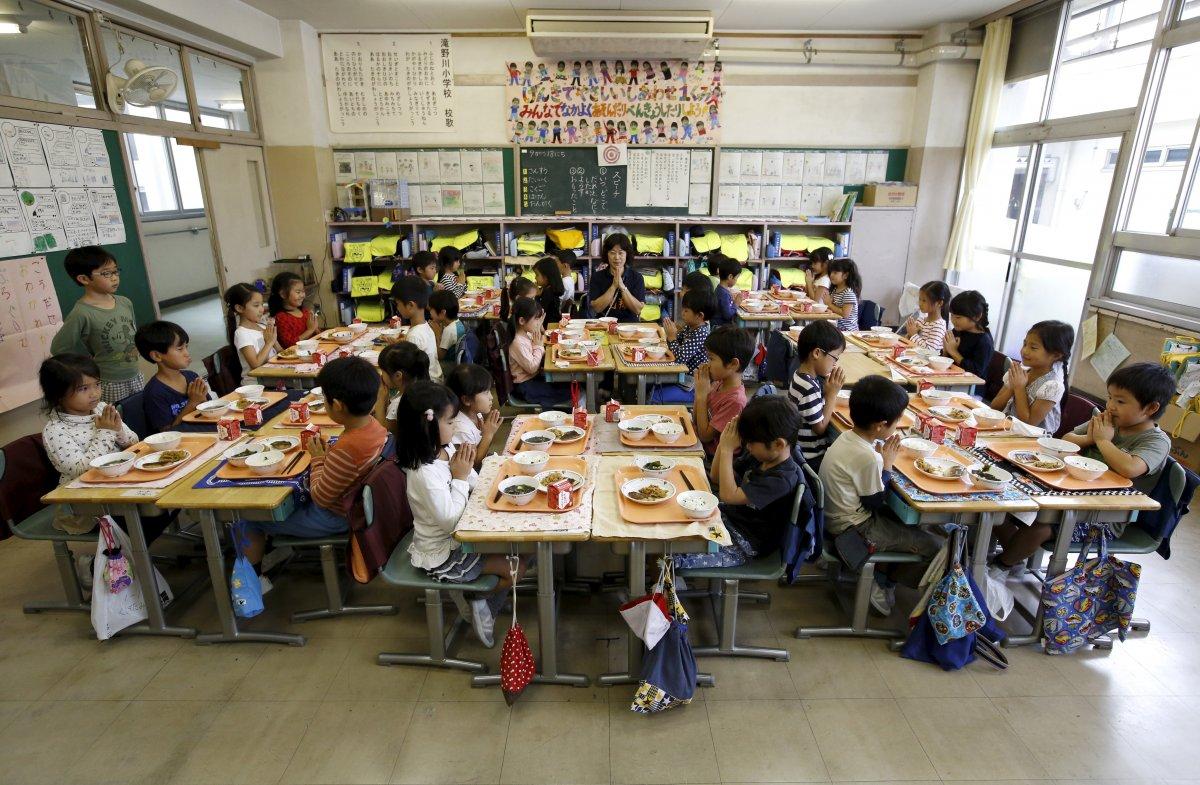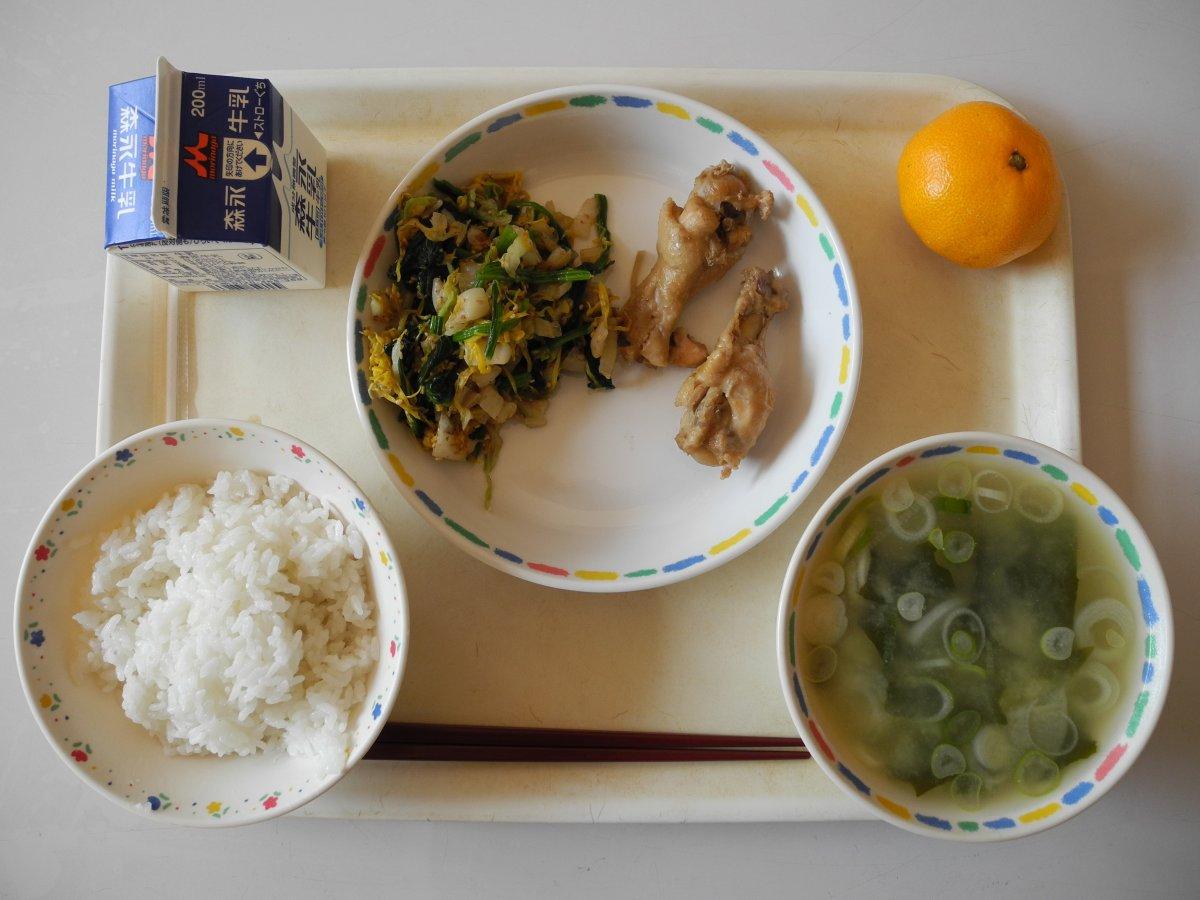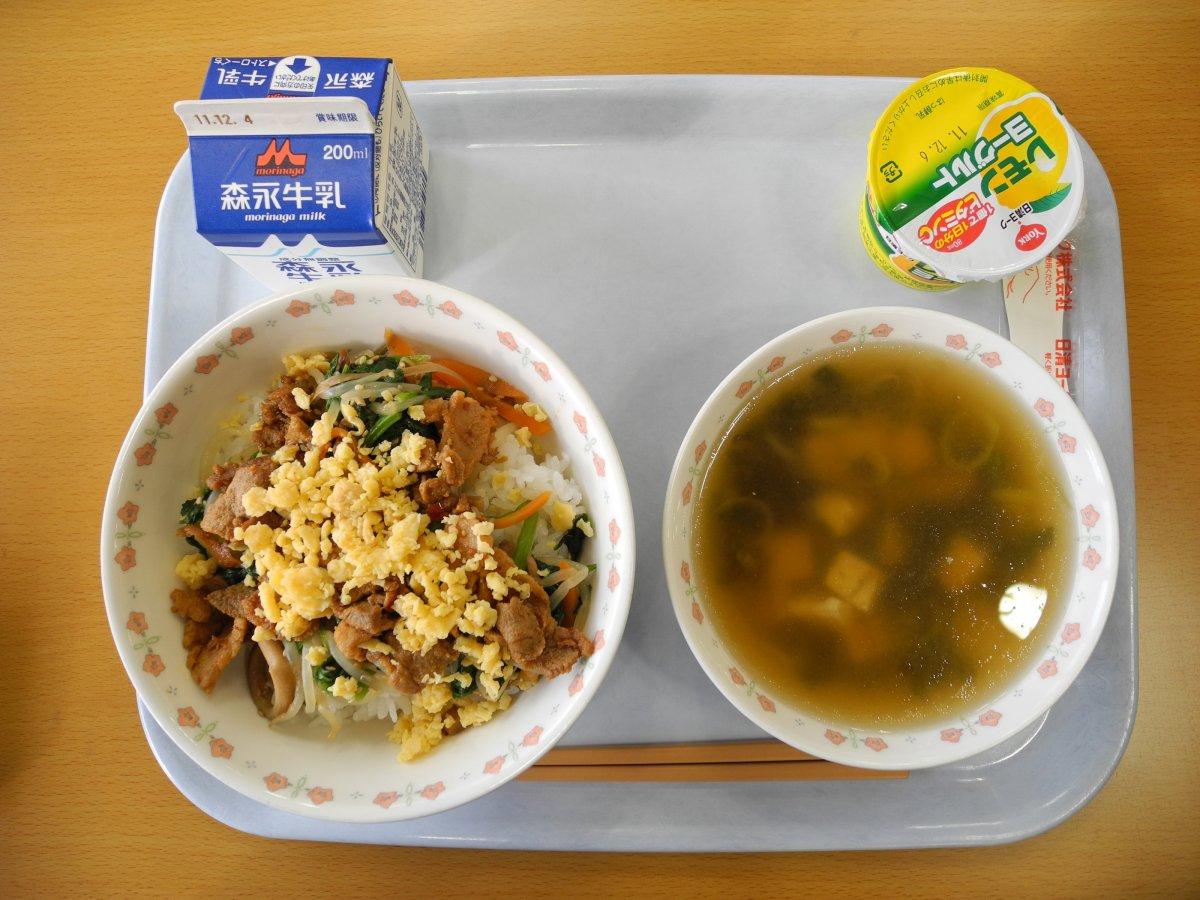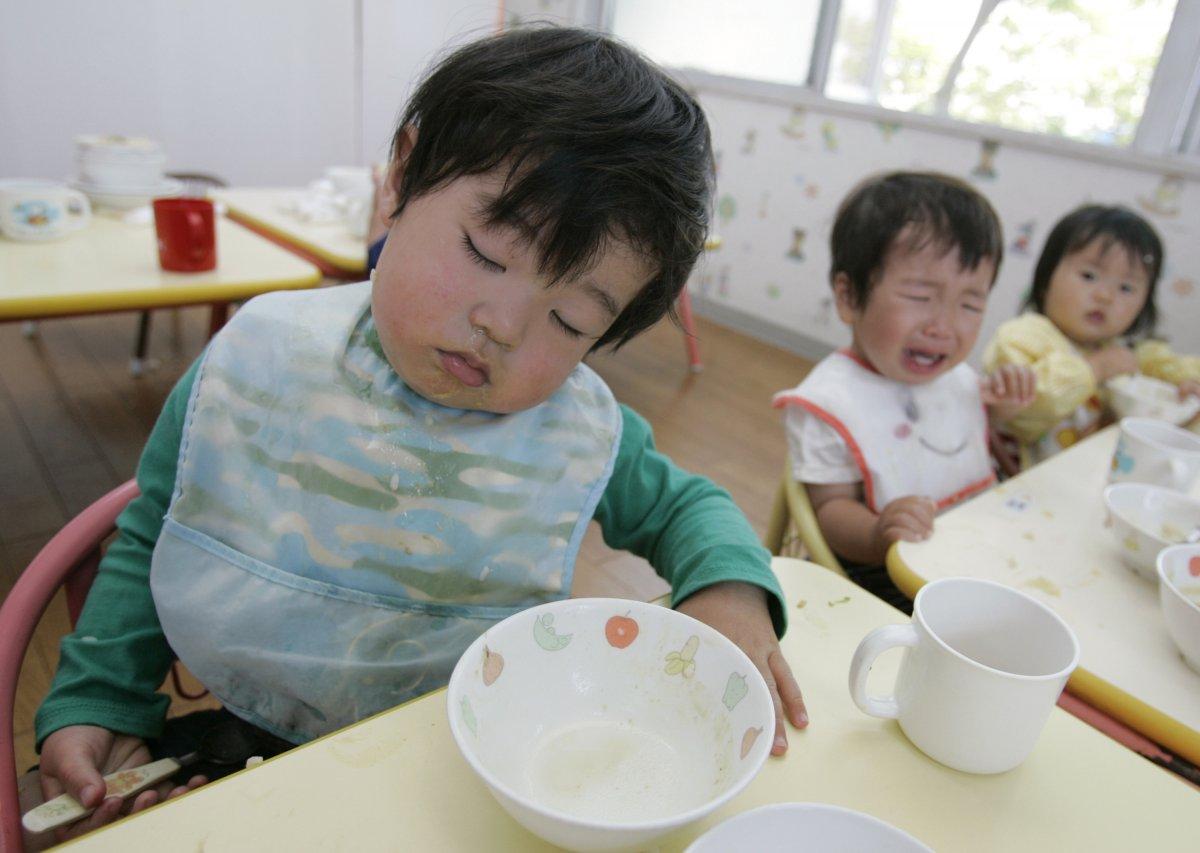Japan's mouthwatering school lunch program is a model for the rest of the world

Your support helps us to tell the story
From reproductive rights to climate change to Big Tech, The Independent is on the ground when the story is developing. Whether it's investigating the financials of Elon Musk's pro-Trump PAC or producing our latest documentary, 'The A Word', which shines a light on the American women fighting for reproductive rights, we know how important it is to parse out the facts from the messaging.
At such a critical moment in US history, we need reporters on the ground. Your donation allows us to keep sending journalists to speak to both sides of the story.
The Independent is trusted by Americans across the entire political spectrum. And unlike many other quality news outlets, we choose not to lock Americans out of our reporting and analysis with paywalls. We believe quality journalism should be available to everyone, paid for by those who can afford it.
Your support makes all the difference.Japanese school lunches aren't synonymous with "mystery meat," but rather, shokuiku. It means "food and nutrition education," and it's a vital part of the Japanese child's early education.
Beginning in elementary school, kids come to understand that what you put into your body matters a great deal in how you think and feel throughout the day — and how you go about your life.
As a country, Japan prioritizes school lunch. If parents can't front the $2.50 cost of a meal, free and reduced lunch programs help kids stay full.
"Japan's standpoint is that school lunches are a part of education," Masahiro Oji, a government director of school health education, told the Washington Post in 2013, "not a break from it."
Here's what it looks like to be one of the global leaders in lunchtime.
Lunchtime in Japanese primary schools is almost sacred. It isn't hurried or hasty — kids get the time just to sit and eat.

Kids serve one another in an effort to reinforce a culture of self-sufficiency. In many schools, there is no janitor. Kids learn to pick up after themselves.

Rice has been a staple for decades, but it wasn't until the 1970s that school lunches began to look mostly like what they do today.

Lunch often comes with a main dish, rice, and a side soup. This lunch has miso soup, a small packet of dried fish, milk, rice, and pork fried with vegetables.

Another option might include tofu with meat sauce on rice, paired with a salad, apple, and carton of milk.

At Jinego Elementary School, in Akita Prefecture, a typical lunch includes chicken, rice, miso wakame soup, vegetable salad, milk, and a tangerine.

Jinego Elementary will occasionally offer curry and rice, which comes with milk and fruit salad. Many other schools will offer Korean or Italian food at least once a week.

About 25 miles away, Yashima Junior High School offers students rice, pork, and egg; lemon yogurt; tofu seaweed soup; and milk.

The end result isn't just a satisfied student body, but one that learns responsibility and healthy eating habits. Japan's life expectancy is among the highest in the world, while it's rate of obesity is well below the global average.

With the end of any good meal comes one inevitability: naptime.

Read more:
• This chart is easy to interpret: It says we're screwed
• How Uber became the world's most valuable startup
• These 4 things could trigger the next crisis in Europe
Read the original article on Business Insider UK. © 2016. Follow Business Insider UK on Twitter.
Join our commenting forum
Join thought-provoking conversations, follow other Independent readers and see their replies
Comments